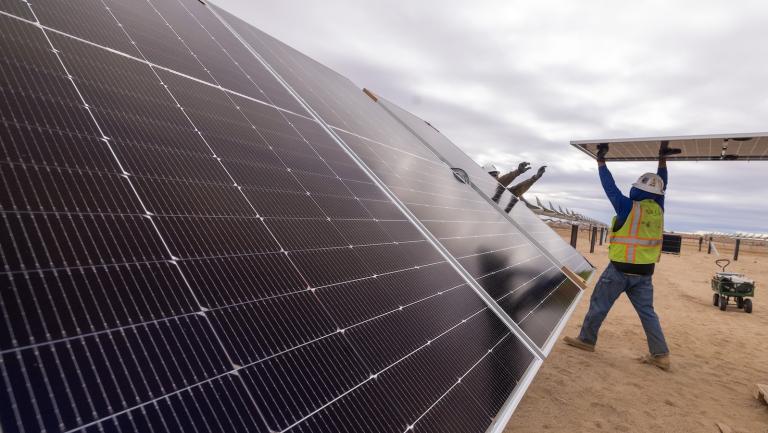Back in January, Jonathan Cohn wrote a fantastic piece in The New Republic about Denmark. Conventional economic wisdom says that countries must choose between robust social services and economic growth. But, Cohn wrote, Denmark casts doubt on that notion:
Over the last decade, the Danes have turned the conventional wisdom on its head by boasting not only one of the world’s most expansive welfare states, but also one of its most robust economies. Given the way average American workers’ wages continue to stagnate even as their burden of risk — of losing a job, of losing medical insurance — continues to rise, it looks increasingly as though the conservative triumphalism has been misplaced: It may be that Europe has something to teach us after all.
Today comes an essential supplement to Cohn’s piece, in the form of a page-one story in the Wall Street Journal: “How Denmark Paved Way To Energy Independence.” Here’s the nut:
The result of these and other policies is that Denmark’s energy consumption — the amount of fuel it uses to heat its buildings, drive its cars and power its economy — has held stable for more than 30 years, even as the country’s gross domestic product has doubled, according to the International Energy Agency, a Paris group that tracks energy prices and policies. During the same period, energy consumption in the U.S. has risen 40%, while its GDP has quadrupled. The average Dane uses 6,600 kilowatt hours of electricity a year, compared with 13,300 for the average American.
And what are the policies in question? Harnessing the Magic of the Market? No: government tax and regulatory policy. How can they get away with it?
… in Denmark, much of the country’s energy sector is in the hands of nonprofit cooperatives, with residents as shareholders, which makes it easier for government to direct policy with little opposition from business interests. With a population of 5.5 million people, Denmark also is a social welfare state that puts a higher priority on things like generous health care, free schools and guaranteed pensions than on profits, low taxes and individualism.
Now, this being the WSJ, they have to say this: "The downside is higher taxes and costs for businesses and consumers." But we should try to take a step back and remember that higher taxes and prices are not "downsides" in and of themselves. They are downsides insofar as they degrade the quality of life of consumers.
In contrast, if consumers exchange higher taxes and prices for decreased risk, energy independence, and improved health, security, and leisure time, then how exactly is it a "downside"? The Danes don’t seem to see it as one:
… Danish individuals have largely acquiesced to the higher energy prices. In an opinion poll by the European Union last year, more people in Denmark than in any other country said they would be willing to pay higher prices for energy derived from clean sources.
And why wouldn’t they? It seems a strange American phenomenon, this idea that low prices and low taxes are goods in their own right, whatever sacrifices in quality of life are required to sustain them.
Anyway, read the piece. Turns out Danes have mastered cogeneration, district heating, and energy efficiency. A fine model.


